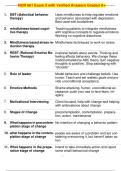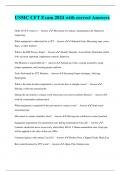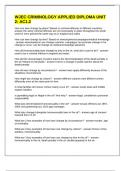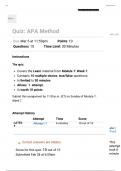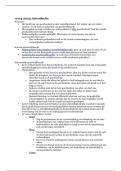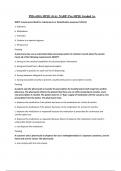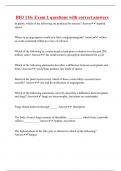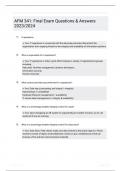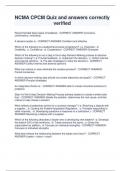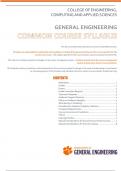Exam (elaborations)
NUR 661 Exam 3 with Verified Answers Graded A+
- Course
- Institution
NUR 661 Exam 3 with Verified Answers Graded A+ 1. DBT (dialectical behavior therapy) 2. mindfulness-based cogni- tive therapy 3. Mindfulness based stress re- duction therapy 4. REBT (Rational Emotive Be- havior Therapy) Uses mindfulness to help regulate emotions and behavior associated wi...
[Show more]
